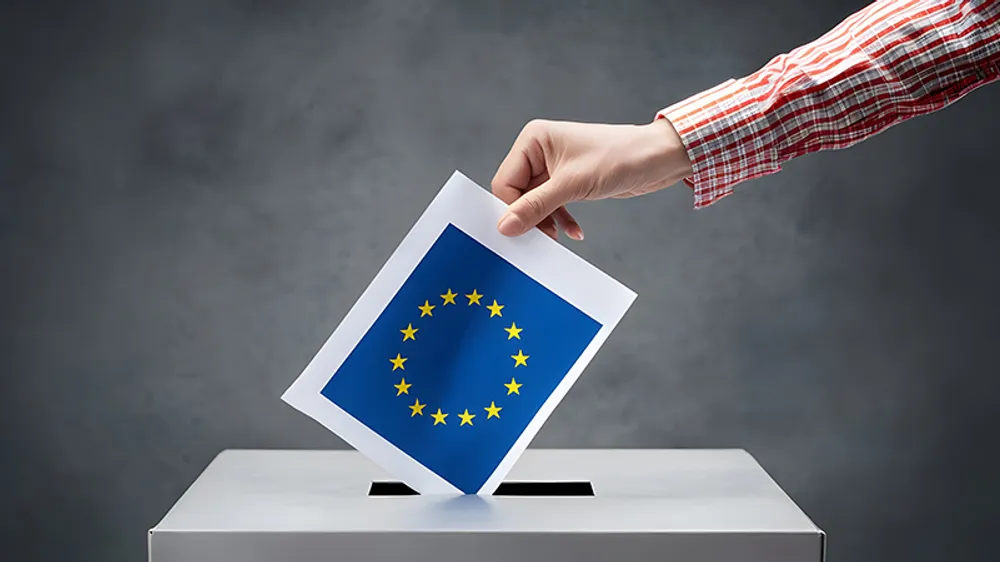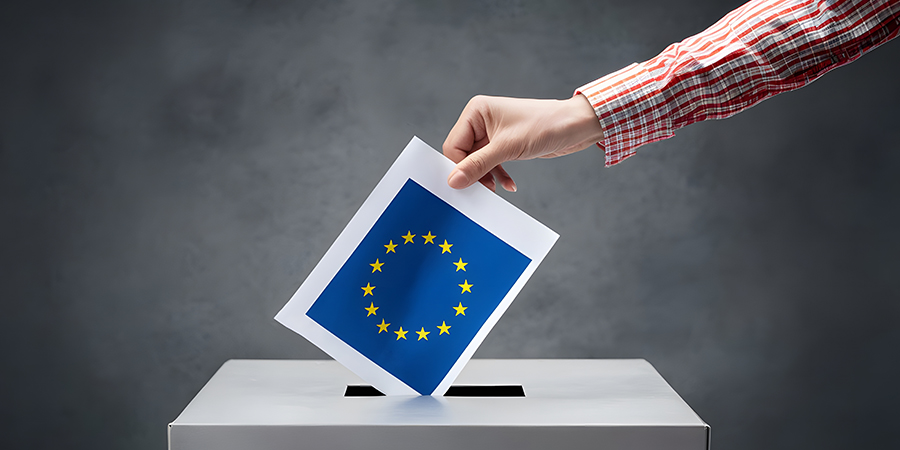
Social Dynamics in the EU and the Rise of the Far-Right
The 2024 European Parliament elections marked a pivotal moment, with far-right parties surging and reshaping political landscapes across Europe. Though often attributed to the 2015 refugee crisis, this rise has roots stretching back decades, revealing deeper societal undercurrents. The critical challenge now is: how will Europe navigate and adapt to this evolving political landscape?

The 2024 European Parliament elections saw a notable surge in far-right parties across multiple countries, as anticipated. In Belgium, the Prime Minister resigned, while in France, President Emmanuel Macron dissolved the National Assembly and called for new elections. Despite the dramatic impact of these results, the sustained rise of the far-right came as no surprise. Although the rise of the far-right is often attributed to the 2015 refugee crisis, nationalists had actually been gradually gaining strength since the 1980s. For example, the German election results starkly mirrored the historical divide between East and West Germany, effectively redrawing the post-WWII map. Thus, the current prominence of the far-right is the culmination of a gradual, decades-long process. But how did this social transformation unfold in Europe? How did the far-right manage to rise from the ashes?
Roots of Euroscepticism
While the 2015 migration crisis is commonly cited as the reason for the rise of the far-right in EU countries, its roots go much deeper. The EU, established by elites, has geographically expanded and politically deepened according to the conditions set by these elites over time. Forty-five years have passed since the first EP elections in 1979, aimed at reducing Euroscepticism and ensuring citizens’ direct influence on EU decision-making processes. However, this period has only increased Euroscepticism.
The adoption of the Single European Act in 1986 and the subsequent acceleration of the European internal market raised concerns about national sovereignty. The transition to a common currency, the Euro, was perceived to disadvantage Central and Southern European countries. The EU’s deepening policies and its role as a supranational organization taking over many sovereign rights of nation-states, the creation of the Schengen area leading to increased migration from Eastern Europe to industrial countries like Germany, France, and Scandinavian countries, and the influx of cheap labor disrupting local job markets—all these factors contributed to rising tensions. The inclusion of 10 Eastern European countries in 2004, the Euro crisis of 2008-10 with massive bailout packages for Greece, Spain, and Italy, and the rise of populist rhetoric during the Brexit referendum in 2016 all led to the strengthening and normalization of far-right rhetoric and widespread acceptance of Euroscepticism among broader segments of society.
The Normalization of Far-Right Politics and Increasing Euroscepticism
Another reason for the rise in Euroscepticism was the EU’s inability to play an active role in both regional and global crises. During the 2008 crisis, EU countries were divided among political elites and societies. In 2015, with the influx of migrants into Europe, countries prioritized their own interests, failing to fairly distribute migrants among member states, with many not accepting their designated quotas. During the pandemic, conflicts of interest escalated to the point of countries seizing each other’s masks. The EU’s inconsistent policies during the Russia-Ukraine crisis and reliance on the US within the context of NATO further decreased trust in the EU among European societies, increasing Euroscepticism.
With the growing spread of Euroscepticism, far-right policies became increasingly accepted by EU institutions and elites. In the 1999 Austrian Federal Elections, the Freedom Party of Austria (FPÖ) won 26.9% of the vote, leading to a coalition with the Austrian People’s Party (ÖVP). The EU’s 14 other member states issued a statement, refusing to engage with an Austrian government including the FPÖ. This response inadvertently served as a model for other far-right parties, allowing them to gain strength across Europe. The normalization of far-right policies within the EU institutions and member states can be attributed to societal transformations over the past 24 years.
Social Transformation and Election Participation in the EU
Far-right parties typically attract voters by emphasizing national culture and history. The EU’s recent policies of expansion and deepening have prompted politicians to use the migration issue to appeal to those who see national identity and sovereignty as threatened. Within the supply and demand theories in political science, there are numerous academic studies on whether these nationalist discourses are artificially generated by the suppliers or whether the demand side is eager to embrace these discourses. Factors such as voter age, election participation, and the explosion of internet-based interaction tools have significantly contributed to societal transformation and voting behaviors.
Social media and messaging applications facilitate the rapid spread of nationalist and populist discourses by both the supply and demand sides. The demand side uses the internet to identify voters' preferences for specific policies and ideologies, while the supply side focuses on the proposals offered by political parties, candidates, and leaders. The widespread use of the internet has accelerated the mobilization of both sides, with nationalist and populist discourses coming to the forefront. Lowering the voting age to 16 and the adoption of nationalist discourses by internet-savvy younger generations have been significant factors in the rise of the far-right.
Participation in EP Elections
Another noteworthy aspect of the EP elections is voter turnout. Since the 2004 election, which included 25 member states, voter turnout has been the highest in this election, with figures of 45.47%, 42.97%, 42.61%, and 50.66%, respectively. Increased voter turnout, along with the rise of the far-right, led to a decline in participation among voters of mainstream conservative and socialist parties, while far-right voters turned out in large numbers. In Germany, where the far-right AfD was not yet present in 2004, EP election turnout was 43%, rising to 61.4% in 2019 and 64.8% in 2024. Similarly, in Austria, turnout increased from 45.4% to 59.8% compared to the previous election.
In summary, the 2024 elections can be seen as a significant projection of Europe’s future. The normalization of the far-right has become more evident, but this trend did not start with the 2015 migration crisis. The EU’s expansion and deepening policies have been vocally challenged by member states' societies since the 1980s. The rapid mobilization of political supply and demand through technology has led to the increased mobilization of the far-right, the acceptance of their discourses, and higher voter turnout. How the EU will cope with these new dynamics and transformations will shape and determine its future.

